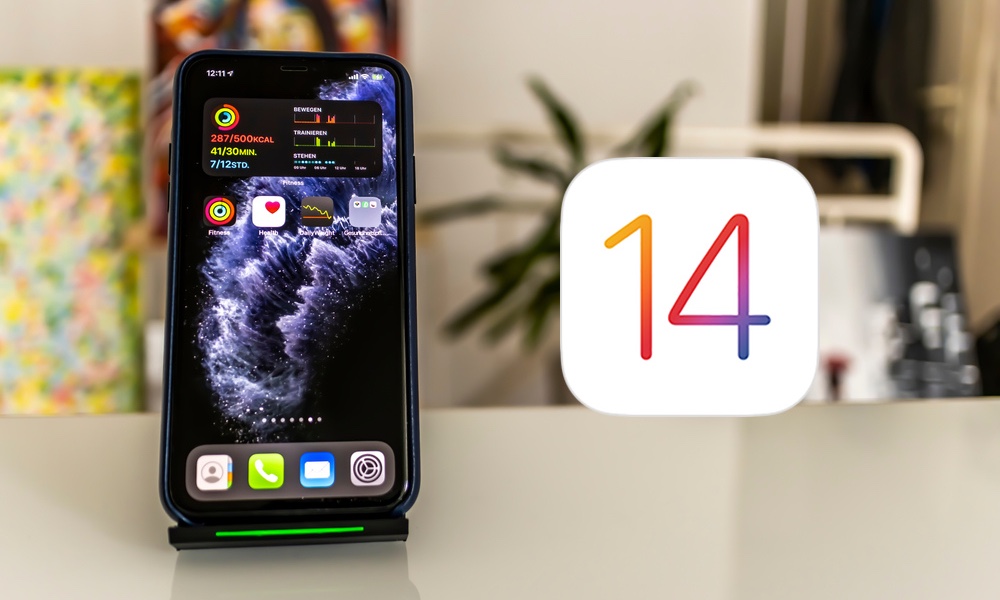Apple’s Fast-Paced Release Cycle Continues as the First iOS 14.7 Beta Arrives for Developers (Here’s What’s New)
 Credit: Ms. Pics and More / Shutterstock
Credit: Ms. Pics and More / Shutterstock
Toggle Dark Mode
For the second time this year, Apple has kicked off a new iOS beta cycle before the paint has even dried on the previous point release.
Earlier this week, Apple quietly seeded out the final release candidate of iOS 14.6 to developers and public beta testers, however it hasn’t yet seen its official public release, and it’s unclear when that’s going to happen. With Apple’s new M1 iPad Pro expected to arrive in customer’s hands tomorrow with iPadOS 14.6 already on board, it’s likely coming very soon, but it’s not here yet.
However, that hasn’t stopped Apple from already forging ahead with an iOS 14.7 beta, released yesterday to registered developers and likely to show up for public beta testers as soon as today. This is accompanied by beta versions of the other usual suspects: iPadOS 14.7, tvOS 14.7, watchOS 7.6, and macOS Big Sur 11.5 all entered a new beta cycle yesterday as well.
At the pace at which Apple is going, with these, it seems likely that we’ll see a public release of iOS 14.7 and its cousins as early as next month — possibly even before Apple’s Worldwide Developers Conference.
At this point, iOS 14 has effectively tied the record set by the 2019–2020 iOS 13 release cycle for the highest number of point releases in iPhone history, however iOS 14’s point releases have also begun emerging at a much faster pace.
While iOS 13 started fast and furious in the fall of 2019, with Apple prepping an iOS 13.1 release to arrive only days after iOS 13.0 made its big debut, things slowed down quite a bit after iOS 13.5, with the .6 and .7 versions arriving in July and September, respectively. By comparison, we’ll likely see iOS 14.7 before the end of June, and it wouldn’t surprise us to find out that Apple already has an iOS 14.8 update planned too.
What’s New in iOS 14.7
It’s a little harder at this point to figure out exactly what Apple is up to with iOS 14.7, however, as so far we haven’t found anything significantly new or different from the iOS 14.6 releases. While there will undoubtedly be numerous bug fixes and enhancements, and probably several UI tweaks, the only major initiative currently on the horizon is Apple’s just-announced Spatial Audio with Dolby Atmos and Lossless Audio features, which are expected to land in June.
So, it’s a pretty safe bet that iOS 14.7 will add settings and support related to these new audio formats, delivering the promised options for toggling the higher-res audio formats on and off for use on Wi-Fi, cellular, and downloaded tracks. At this point, however, we can’t find any user-facing options related to the new Apple Music services, although there’s a good chance they’re hiding in there and just waiting to be enabled.
Along the same lines, this week’s announcement of a swath of revolutionary new accessibility features includes at least a few that will almost certainly require changes on the iOS side. While we’re not seeing any new accessibility settings just yet, we’re confident that Apple is already laying the foundation for what’s to come.
HomePod Timers
About the only interesting new tidbit that’s appeared in iOS 14.7 was one found by 9to5Mac that lets you now set HomePod timers directly from an iPhone or iPad. This resolves what’s actually been a long-standing omission for Apple’s family of smart speakers.
The HomePod has allowed users to set a timer using Siri since the first HomePod was released back in 2018, and it wasn’t long after that Apple added support for multiple timers in iOS 12. However, even though the HomePod settings in the iPhone/iPad Home app allowed alarms to be created and managed, there was no ability to even see the timers that were running on your HomePod, much less adjust them in any way.
As this is only the first beta of iOS 14.7, the HomePod timers feature isn’t fully baked yet — many of the text labels show internal variable names rather than more normal language — but it does work, and it’s clear that Apple intends to have it ready for the final iOS 14.7 release.
The new option can be found by pulling up an individual HomePod’s details in the Home app and scrolling down. Timers will be shown directly beneath the alarms section, and can be created, modified, and deleted in much the same way. Further, just like alarms these timers will sync with whatever you may have created or set using Siri — it’s basically the same list.
Since Apple doesn’t release HomePod betas even to registered developers, it’s not clear if this requires an equivalent HomePod 14.7 update to work, however.
Beyond that, there’s nothing worth noting in the iOS 14.7 betas yet, but we plan to keep on digging and will be sure to keep you updated on anything else we find.






